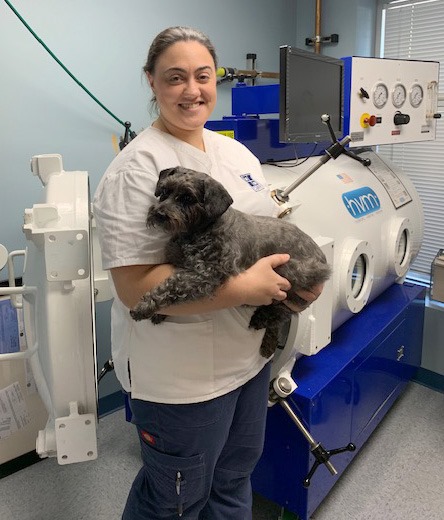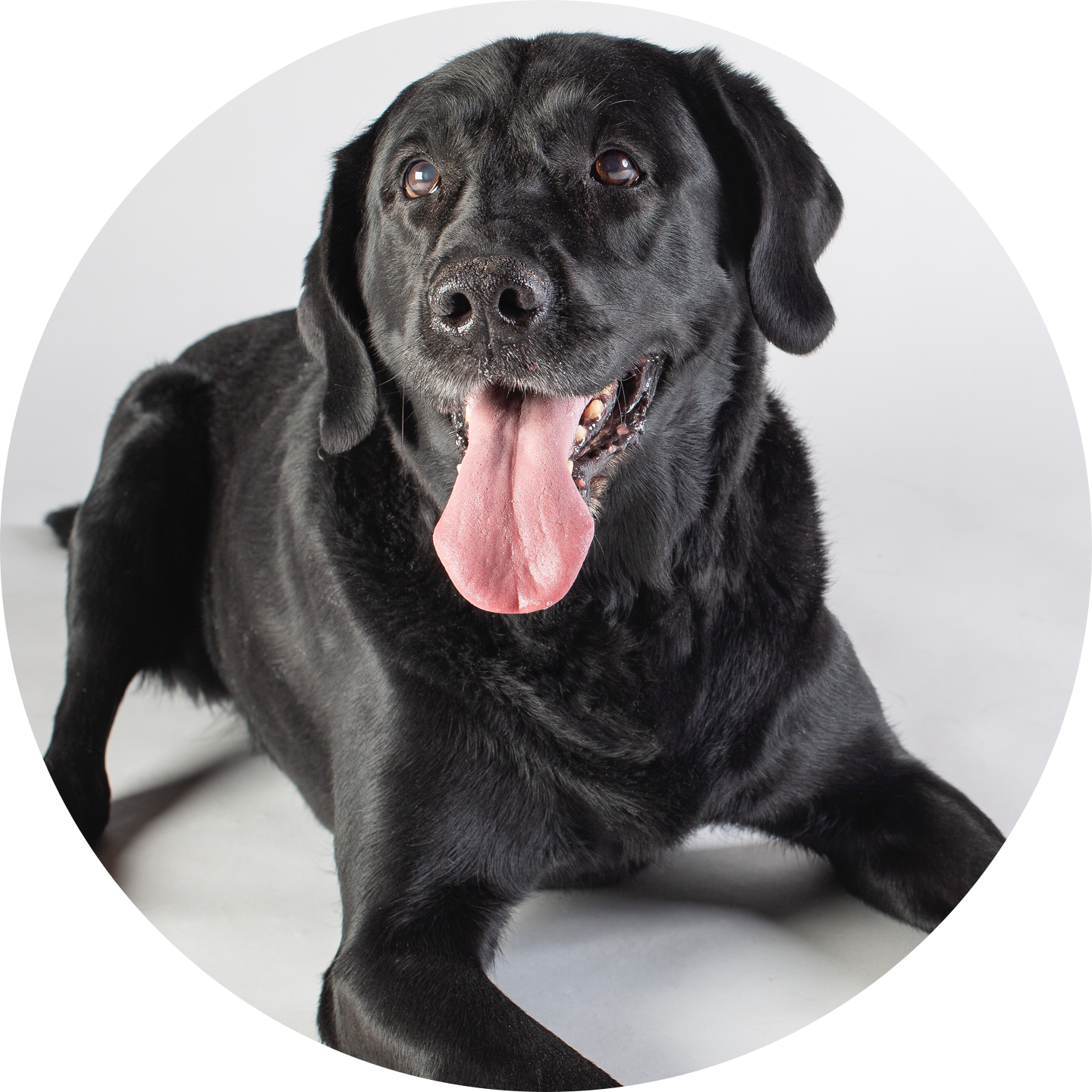Hyperbaric Oxygen Therapy
Hyperbaric Oxygen Therapy or HBOT is a medical treatment where a patient receives 100% oxygen at an increased atmospheric pressure for a set duration of time. HBOT can treat a wide array of medical conditions including cardiovascular, central nervous system, gastrointestinal, infectious, musculoskeletal, and soft tissue conditions.
The chamber itself looks like a miniature submarine. It has four small round windows and a camera for patient viewing. During these treatments, the elasticity of red blood cells is improved and the concentration of oxygen in the plasma increases, enabling better perfusion of oxygen to the patient’s tissues. Patients are treated at 1.5 or 2.0 atmospheres absolute (ATA) of pressure. A patient at 2 ATA has oxygen delivered at 20 times the rate of being in normal room air. Treatments are generally between 45 to 60 minutes, with 12 to 15 minutes prior to reach pressure, and another 12 to 15 minutes post to decompress.
The treatment times and total number of treatments depend on the medical issue being treated.

BENEFITS OF HYPERBARIC OXYGEN THERAPY
The benefits of HBOT include increased oxygen perfusion, decreased edema, and several actions that help the patient fight infection. Since the patient is in 100% oxygen under pressure, the benefits of pressure and oxygen are combined. Increased pressure decreases gas bubble size, while pure oxygen has vasoconstrictive and diffusion effects. The constriction of the blood vessels reduces edema, which significantly aids in wound healing. Diffuse oxygen in the tissues removes toxins and is readily available for biological use. HBOT helps fight infection by supporting hypoxic tissue, increasing the efficiency of white blood cells, inhibiting bacterial growth and release of some bacterial endotoxins, and by increasing the effectiveness of antibiotics.


TREATABLE CONDITIONS
CARDIOVASCULAR CONDITIONS
These conditions include, but are not limited to, acute anemia, carbon monoxide toxicosis, cardiac infarction, hemorrhagic hypertension, reperfusion disease, shock, and smoke inhalation. The recommended treatment is at 2.0 ATA for 45 to 60 minutes, with the total number of treatments being between 5 and 40 treatments.
CENTRAL NERVOUS SYSTEM CONDITIONS
These conditions include, but are not limited to, cerebral/global ischemia, compressive chord diseases, cortical blindness, cranial/spinal cord trauma, fibro-cartilaginous emboli, and paraparesis/tetraparesis. The recommended treatment is at 1.5 ATA for 45 to 60 minutes, with the total number of treatments being between 5 and 40 treatments.
GASTROINTESTINAL CONDITIONS
These conditions include, but are not limited to, ileus, pancreatitis, peritonitis, and ulcers. The recommended treatment is at 2.0 ATA for 45 to 60 minutes, with the total number of treatments being between 5 and 20 treatments.
INFECTIOUS CONDITIONS
These conditions include, but are not limited to, anaerobic infection, blastomyosis, endotoxemia, Lyme disease, osteomyelitis, and septic arthritis. The recommended treatment is at 2.0 ATA for 45 to 60 minutes, with the total number of treatments being between 5 and 40 treatments.
MUSCULOSKELETAL CONDITIONS
These conditions include, but are not limited to, athletic injuries, crush injuries, fractures, myositis and costridial myositis, periostitis, and tendonitis. Most of these conditions are treated at 2.0 ATA for 45 to 60 minutes, with the total number of treatments being between 5 and 15 treatments. Crush injuries can require between 5 and 40 total treatments.
SOFT TISSUE CONDITIONS
These conditions include, but are not limited to, degloving injury, envenomation, radiation burn, and wounds. The recommended treatment is at 2.0 ATA for 45 to 60 minutes, with the total number of treatments being between 5 and 40 treatments.



CASE STUDY
Toni is a 7-year-old female spayed pit bull terrier who presented to another facility for persistent front leg lameness. She was referred to CARE Veterinary Center in October 2014 after her radiographs revealed bilateral RUIN lesions and supraspinatus tendonitis. Bilateral means on both sides. RUIN stands for radial ulnar ischemic necrosis. The first two words describe the location. The radius and ulna are the two bones that make up a forearm. The last two describe the type of bone damage. Ischemia is an insufficient supply of blood and necrosis in the structural changes seen with cell death. Supraspinatus tendonitis is inflamation of the tendon that attaches the upper arm to the should. Toni was initially treated with rest, NSAIDs, therapeutic ultrasound and laser therapy. She responded to treatment by January 2015.
Her owners returned to the rehabilitation department at CARE when Toni became symptomatic again in late April 2015. Her treatment this time was rest, a different NSAID, therapeutic laser and ultrasound. Her owners elected to proceed with more aggressive therapy in hopes of not having her symptoms recur and hyperbaric oxygen therapy (HBOT) was added.
The HBOT treatments aid in decreasing inflamation and promoting bone healing. After ten treatments which were completed over the course of one week, the lameness had resolved and the radiographs showed improved bone density. We are pleased to report that Toni has continued to do well since her hyberbaric oxygen therapy treatments.
Contact Us
CARE Veterinary Center
Location
1080 W Patrick St. Frederick, MD 21703
Clinic Hours
Main Hospital – 24/7, 365 daysSpecialty – By appointment, M-F, 9am-5pm